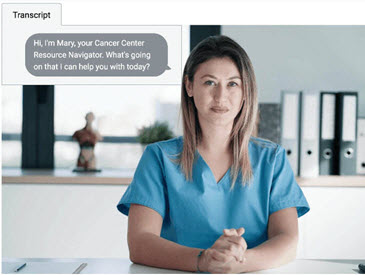Many people spend years studying a foreign language but are still not be able to use it. Fewer than 1% of Americans are proficient in the language they studied in school. But thanks to advances in artificial intelligence and personalized learning it is now possible to quickly develop useful language skills.
The key is to start with the end goal in mind. What is it that learners want to be able to do with the language that they are learning? They want to communicate effectively with native speakers in common situations they may encounter. So language-learning technology should help learners progress toward that goal.
To make the goal clear and measurable, define it in terms of can-do statements, which describe what learners should know how to do. For example, a learner who intends to use a language on the job ought to master the can-do statement “I can interview for a job or service opportunity related to my field of expertise.”
The Council of Europe and the American Council on the Teaching of Foreign Languages have developed standardized can-do statements at various levels of language proficiency. Up to now, these have been used as subjective self-assessments. Immersive simulations now make can-do statements the objective focus of learning and assessment.
For example, Alelo’s Enskill platform provides a series of immersive conversational simulations, each of which is aligned with a can-do statement. Students who complete a simulation with ease demonstrate mastery of the associated can-do statement. If a learner has difficulties the platform identifies the specific skills that the learner needs to work on and provides focused practice exercises. This helps learners quickly achieve their learning goals.
To learn more about Enskill and try it yourself, contact us. You can also visit the Alelo booth at TESOL in Chicago in March. For investment inquiries visit http://www.alelo.com/invest.


